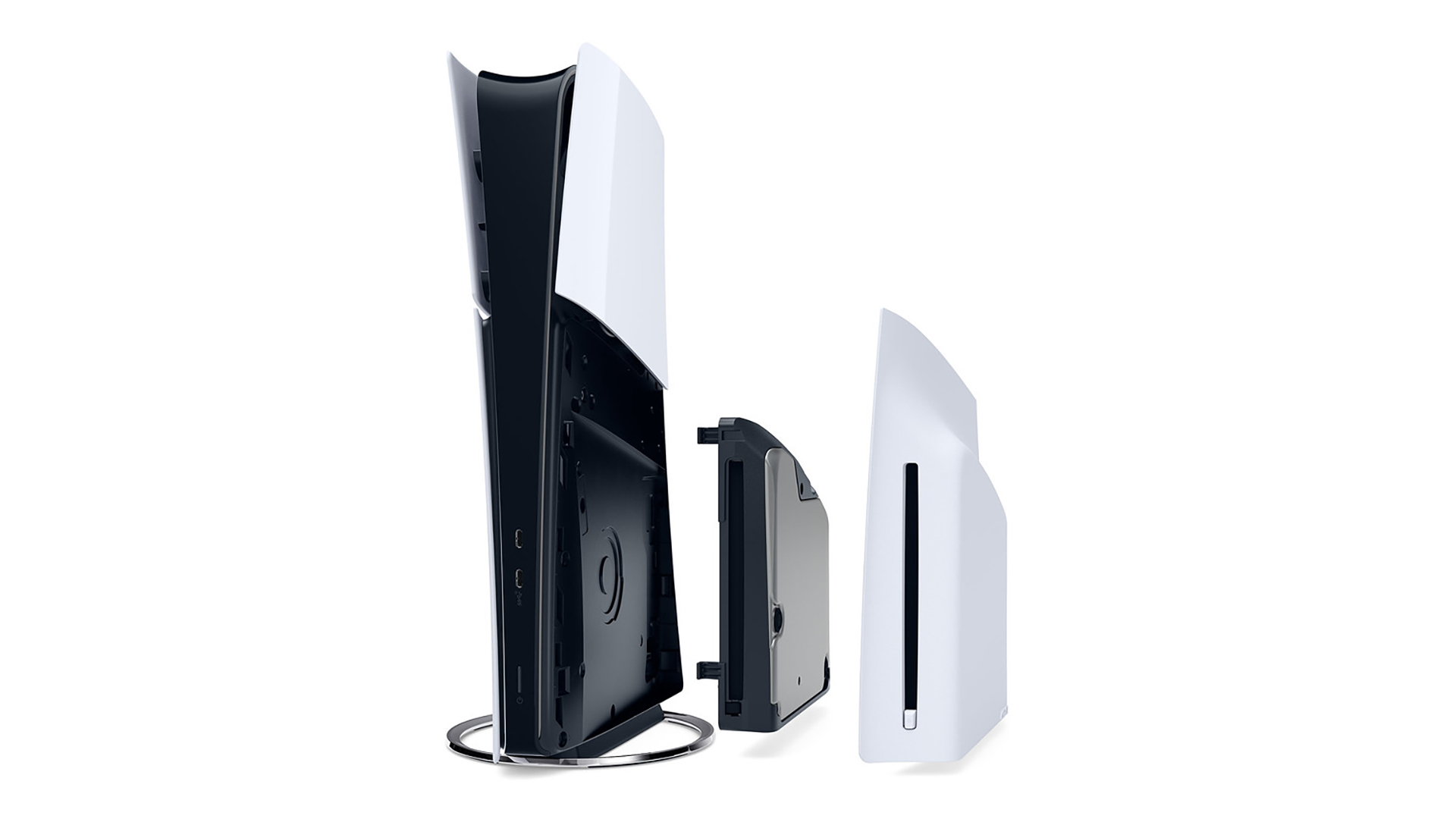Affiliate links on Android Authority may earn us a commission. Learn more.
How impressive are the PS5 specs? Here's what you need to know.
Published onFebruary 14, 2025

The PlayStation 5 launched in late 2020. It’s now a proven entity with great performance and an excellent catalog of titles. It also received a mid-life refresh with the release of the PS5 Pro. But what if you’re still undecided and are perhaps considering an Xbox Series X instead? Check out our PS5 review for our thoughts on the console. Find the complete list of PS5 specs below.
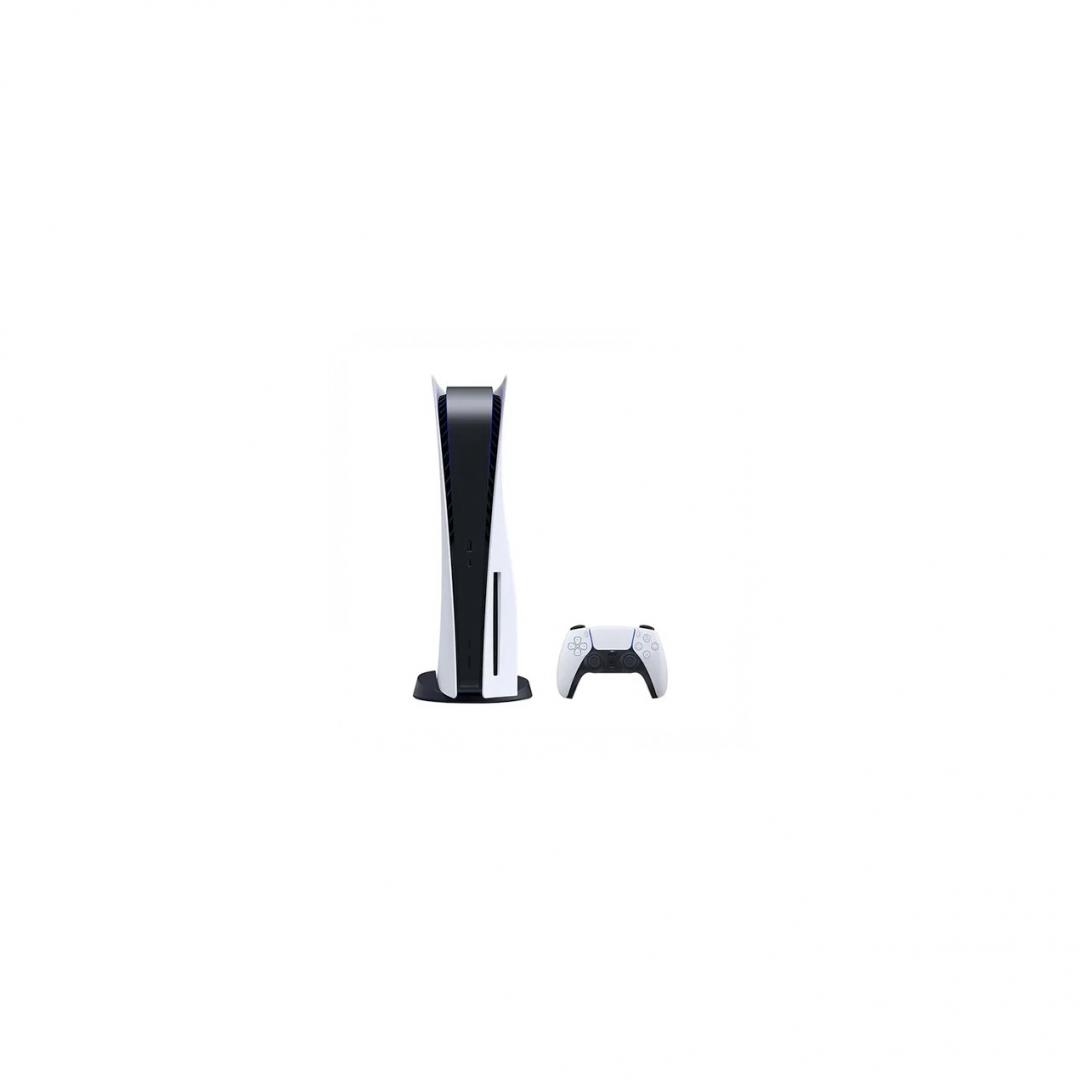

What are the PS5 specs?
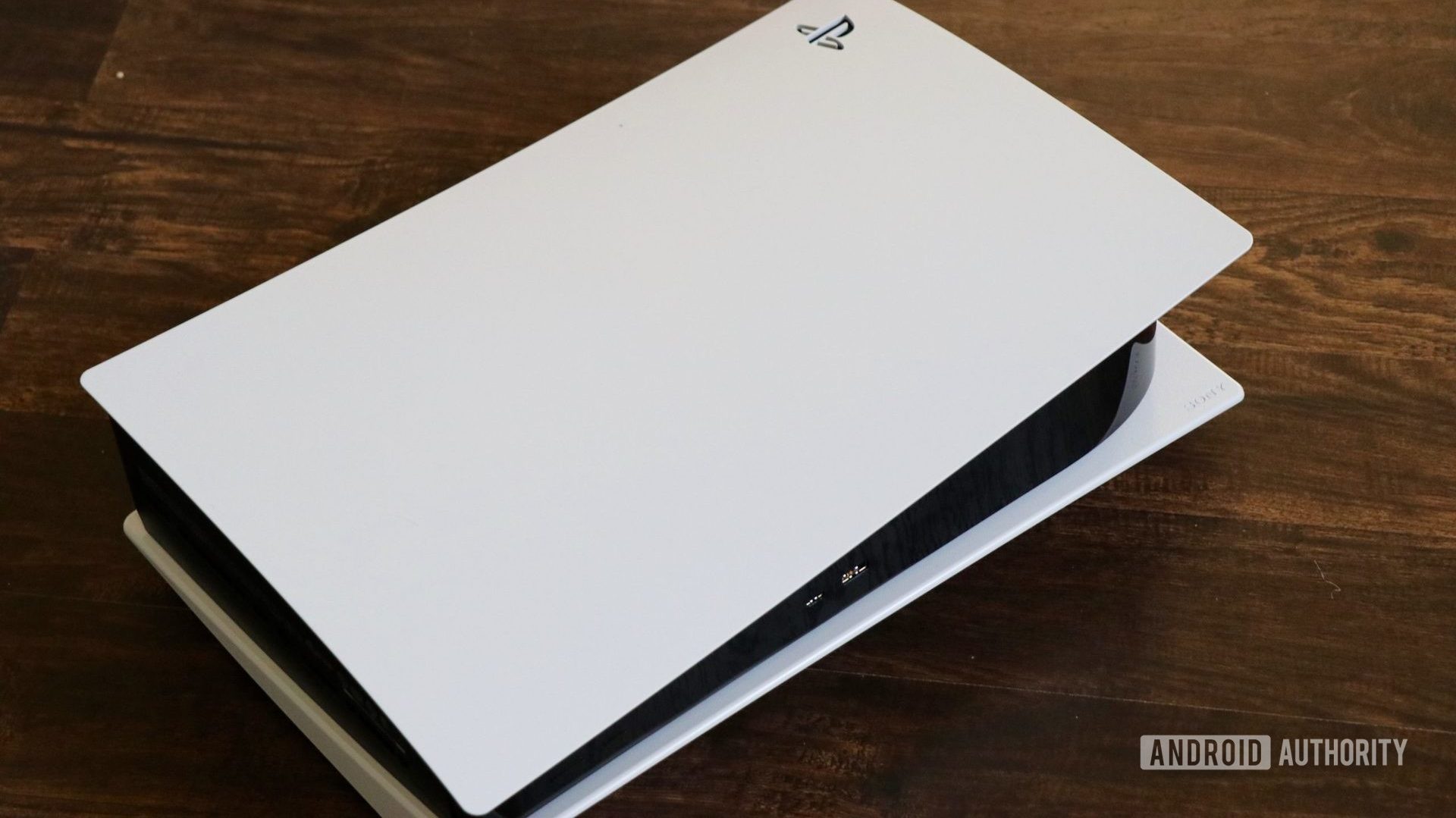
There have been considerable technological improvements in gaming in the almost seven years between the PS4 and PS5 releases. The PS5 supports 8K graphics at 60Hz or 4K output at a 120Hz refresh rate. You can expect visuals to be crisper and more realistic, sounds to better immerse you in your game, and so much more. The PS5 nearly matches gaming PC performance, especially with its support for ultrawide monitors.
At the end of 2023, Sony launched the PS5 Slim. It uses the same CPU and GPU combination as the original model but makes a few fundamental changes. It’s much smaller in height, width, and depth. It also packs a 1TB SSD as standard — slightly larger than the 825GB drive in the original model. Once the launch models are sold out, this will become the defacto PS5 model.
Check out the table below for a full PS5 spec rundown. Remember that the standard PS5 and the PS5 Digital Edition have the same specs, except for the Blu-ray drive.
| PS5 Specs | |
|---|---|
CPU | AMD Ryzen Zen 2 8 Cores/16 Threads Variable frequency, up to 3.5GHz |
GPU | AMD Radeon RDNA 2-based graphics engine 10.28 Teraflops 36 CUs @ 2.23GHz Ray Tracing Acceleration |
RAM | 16GB GDDR6/256-bit 448GB/s Bandwidth |
Internal Storage | Custom 825GB SSD 5.5GB/s Read Bandwidth (Raw) Typical 8-9GB/s (Compressed) |
Expandable Storage | NVMe SSD slot |
External Storage | USB HDD support |
Optical Drive | 4K UHD Blu-Ray Drive Up to 100GB/disc |
Video Out | Support of 4K 120Hz TVs, 8K TVs VVR (specified by HDMI version 2.1) |
Audio | "Tempest" 3D AudioTech |
PS5 SSD Size
The PS5 has an NVMe-based SSD, or Solid State Drive, with a maximum capacity of 825GB. This quick new drive can read data at 5.5GB per second. This might not be too impressive for longtime PC gamers, but this is the first time Sony put an SSD in a console instead of a spinning HDD. The difference is immediately noticeable.
SSDs have more bandwidth than HDDs, so data is loaded directly from the SSD when needed instead of potentially needless data overwhelming the RAM. The result is that your gaming experience is more seamless and immersive.
Sony made this change with loading speeds in mind. Whether that’s loading time to get into the game itself or loading screens between areas when you’re fast-traveling, having an SSD instead of an HDD makes those loading screens almost obsolete. This will significantly improve your gaming experience because you can spend more time playing and waiting less.
You only have 667GB of storage for games; the PS5 OS takes up the rest. Many PS5 games, like Call of Duty: Black Ops Cold War, Cyberpunk 2077, Assassin’s Creed Valhalla, and Far Cry 6, require a lot more than 100GB each, so you might need to expand your storage sooner rather than later. The internal storage is expandable using a compatible M.2 SSD Drive with up to 4TB or more storage space. You can also plug in an external drive to bulk up your capacity, but you won’t get the advantage of quicker load times from the internal SSD.
As mentioned above, the PS5 Slim model packs a 1TB drive as standard, giving buyers of the newer model a little more leeway.
PS5 CPU
The PS5 has an eight-core AMD Zen 2 CPU (Central Processing Unit) with a variable frequency (up to 3.5GHz). Variable frequencies are significant so that your PS5 doesn’t always have to use the complete 3.5GHz if it doesn’t need it to run the game smoothly.
PS5 RAM
The PS5 has 16GB of GDDR6 RAM or Random Access Memory. RAM is an active and essential component of any gaming console, and it’s nice that PlayStation has included the newest version, GDDR6, which has increased capacity and bandwidth.
As mentioned earlier, the PS5 also uses RAM much more efficiently now that it can load data directly from the SSD faster.
PS5 Graphics
This is one category in particular in the PS5 specs shine. The graphics card is also custom-made by AMD. The PS5 has an RDNA 2-based GPU (Graphics Processing Unit) that promises up to 10.28 teraflops of computing power using variable frequencies of up to 2.23GHz.
In addition to the PS5’s GPU allowing for a much higher resolution in games, it also features ray tracing. Ray tracing helps light look more realistic in video games; it mimics how light reflects on water surfaces, how light breaks through overhead trees, etc. Developers that take advantage of this excellent feature will help make their games feel more lifelike and immersive.
PS5 3D Audio
The PS5 features built-in “Tempest” 3D AudioTech. In PlayStation’s blog post, Sony mentioned wanting all players to experience immersive audio, not just those who could afford high-end speaker systems.
The 3D audio on the PS5 creates greater suspense while playing intense games or greater tranquility while playing peaceful games. Sound is an essential aspect of the video game experience, and this audio upgrade takes it to new heights. As we discovered during our review, Sony’s Pulse 3D headset is a great companion for 360-degree sound.
PS5 specs vs PS4 specs
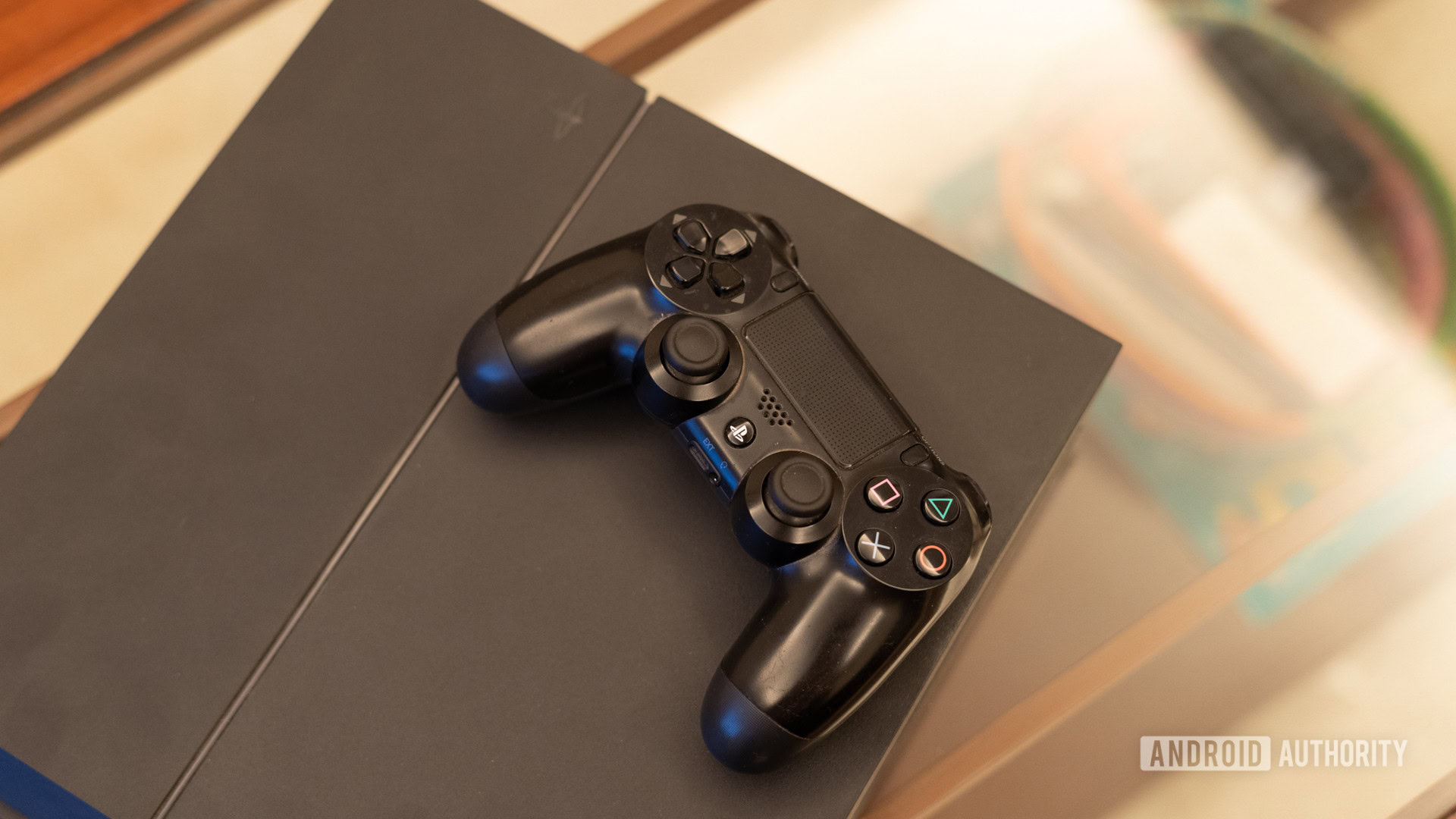
Internal storage is one of the most considerable differences between the PS5 and the PS4. The original PS5 has an 825GB SSD and the Slim model boasts a 1TB drive, whereas the PS4 has a 500GB HDD. Aside from the difference in storage space, having a console powered by an SSD instead of an HDD makes it load much faster.
PlayStation’s hardware lead, Mark Cerny, explained that it takes the PS4 about 20 seconds to load about 1GB of data. He stated that the goal with the PS5 was to load about 5GB of data in a single second. In practical terms, load times were pretty much non-existent in our testing. There really is no comparison with older consoles here.
Besides upgrading from an HDD to an SSD, the PlayStation 5 also upgrades the CPU, GPU, RAM, I/O throughput, and optical drive for discs. The PS4 had an eight-core AMD Jaguar CPU with a 1.6GHz, compared to the PS5’s eight-core AMD Zen 2 CPU; an AMD Radeon-based GPU with only 1.84 teraflops in the PS4 compared to 10.28 teraflops in the PS5, and 8GB of GDDR5 in the PS4 compared to 16GB to GDDR6 in the PS5.
Find the complete breakdown of PS5 specs vs PS4 specs below.
| PS5 Standard | PS5 Digital | PS4 Pro | PS4 | |
|---|---|---|---|---|
CPU | PS5 Standard 3.5GHz eight-core AMD Zen 2 | PS5 Digital 3.5GHz eight-core AMD Zen 2 | PS4 Pro 2.13 GHz eight-core AMD Jaguar | PS4 1.6GHz GHz eight-core AMD Jaguar |
Performance GPU | PS5 Standard 10.3 Teraflops 36 CUs @ 2.23GHz Custom AMD RDNA 2 based GPU | PS5 Digital 10.3 Teraflops 36 CUs @ 2.23GHz Custom AMD RDNA 2 based GPU | PS4 Pro 4.20 Teraflops 36 CUs @ 911MHz Custom AMD Radeon-based GPU | PS4 1.84 Teraflops 18 CUs @ 800MHz Custom AMD Radeon-based GPU |
RAM | PS5 Standard 16GB GDDR6 448GB/s bandwidth | PS5 Digital 16GB GDDR6 448GB/s bandwidth | PS4 Pro 8GB GDDR5 218GB/s bandwidth | PS4 8GB GDDR5 176GB/s bandwidth |
Storage | PS5 Standard 825 GB SSD (667 GB usable) NVMe Replaceable | PS5 Digital 825 GB SSD (667 GB usable) NVMe Replaceable | PS4 Pro 1TB HDD SATA Replaceable | PS4 500GB HDD SATA Replaceable |
Optical disk | PS5 Standard 4K Ultra HD Blu-Ray optical drive | PS5 Digital None | PS4 Pro Blu-ray optical drive | PS4 Blu-ray optical drive |
Dimensions | PS5 Standard 39.1 x 25.9 x 10.4cm 4.5kg | PS5 Digital 39.1 x 25.9 x 9.1cm 3.9kg | PS4 Pro 32.7 x 29.4 x 5.5cm 3.3kg | PS4 30.4 x 27.4 x 5.3cm 2.8kg |
Overall, everything has received a massive upgrade, and you can expect games to look crisper, sound fuller, and load faster on the new PlayStation console.
What does the PS5 look like?
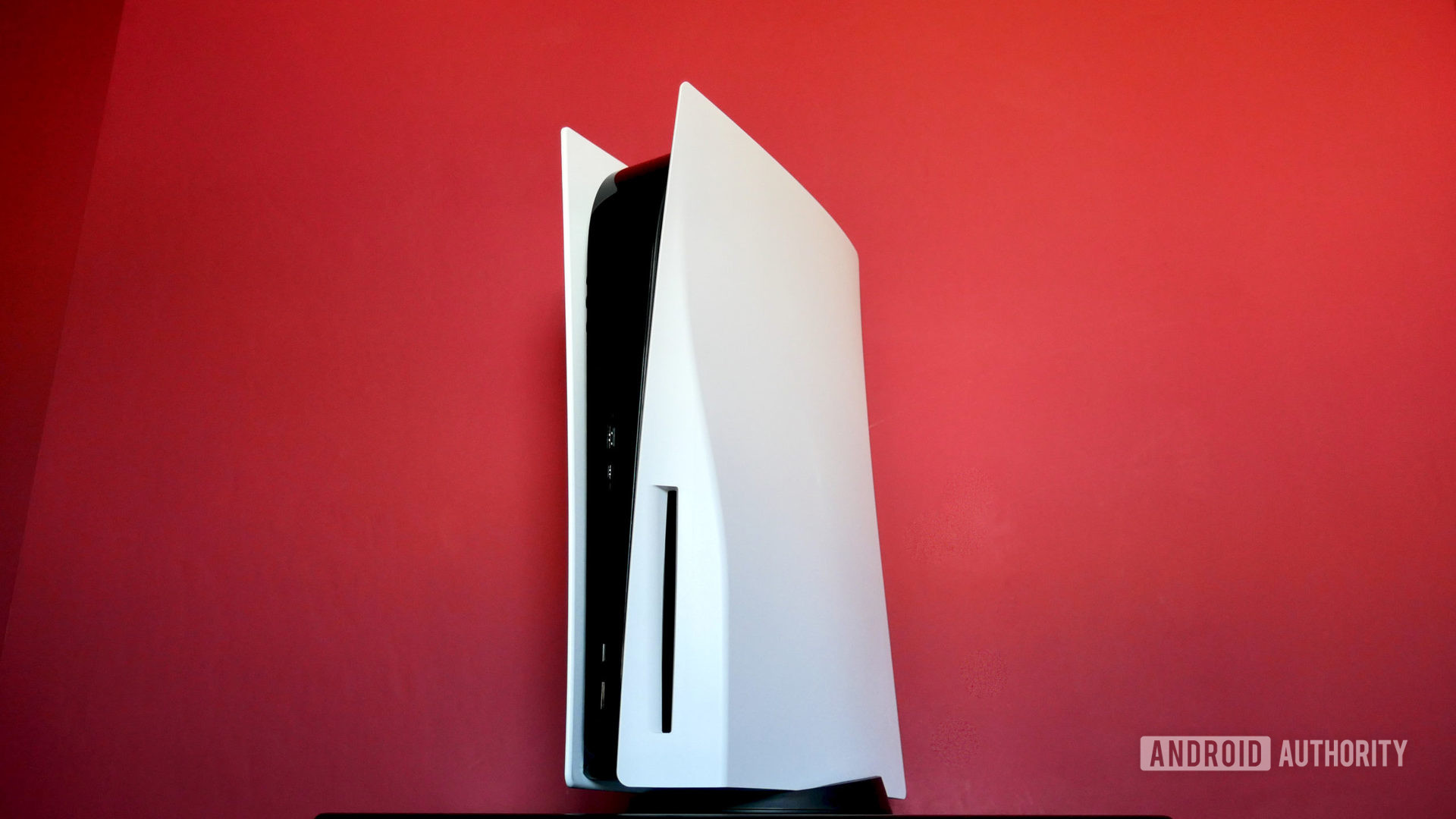
The PlayStation 5 features a sleek black-and-white design. Sony has since released a series of colored plates you can replace the white ones with. While the console is usually shown (and looks best) vertically, you can also place it horizontally. You can switch the plastic base between the two layouts, making fitting into your entertainment center easier.
At launch, there were two different versions of the new PlayStation console. One version had a disc drive that can support Ultra HD Blu-ray discs, while the other was 100% digital with no disc drive included. The digital-only version had a slightly slimmer design due to the lack of a bulky disc drive.
Sony has since redesigned the PS5, with the Slim model introducing a smaller body and a removable disc drive. This essentially lets users turn their Digital models into disc-capable models for $79.99.
PS5 specs FAQs
Yes, both the PS5 Digital and Disc consoles have the same specs, aside from the 4K/Blu-ray drive.
Both consoles have similar specs, though the Xbox Series X has a slightly bigger GPU and more usable internal storage space. The PS5, on the other hand, supports 3D audio and has a USB-C port.
You can use the PS5 with an 8K TV, but you won’t benefit from games running at that full resolution. Most PS5 titles support 4K at 60 frames per second.
The PS5 launched in November 2020.
